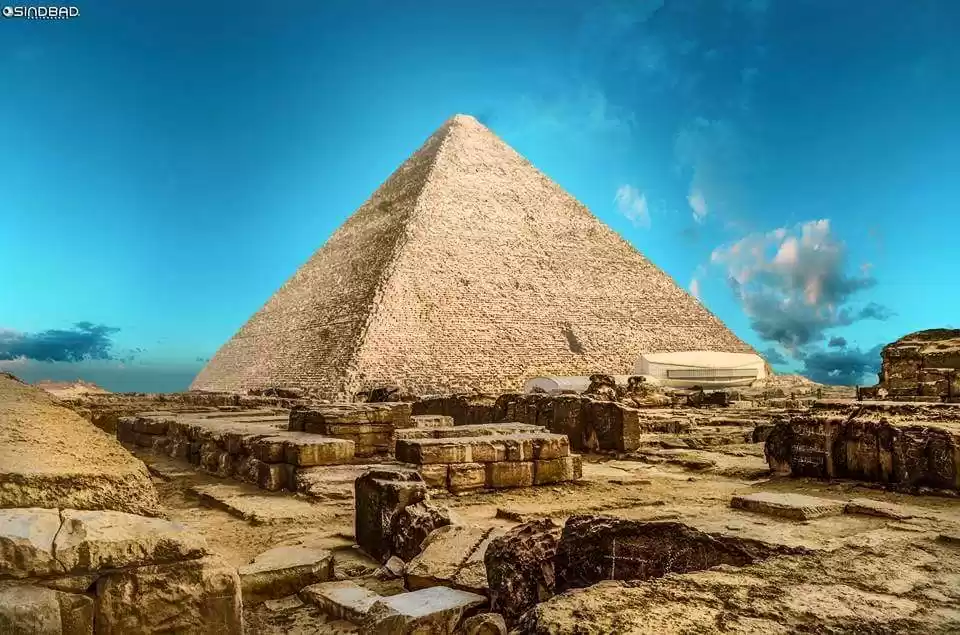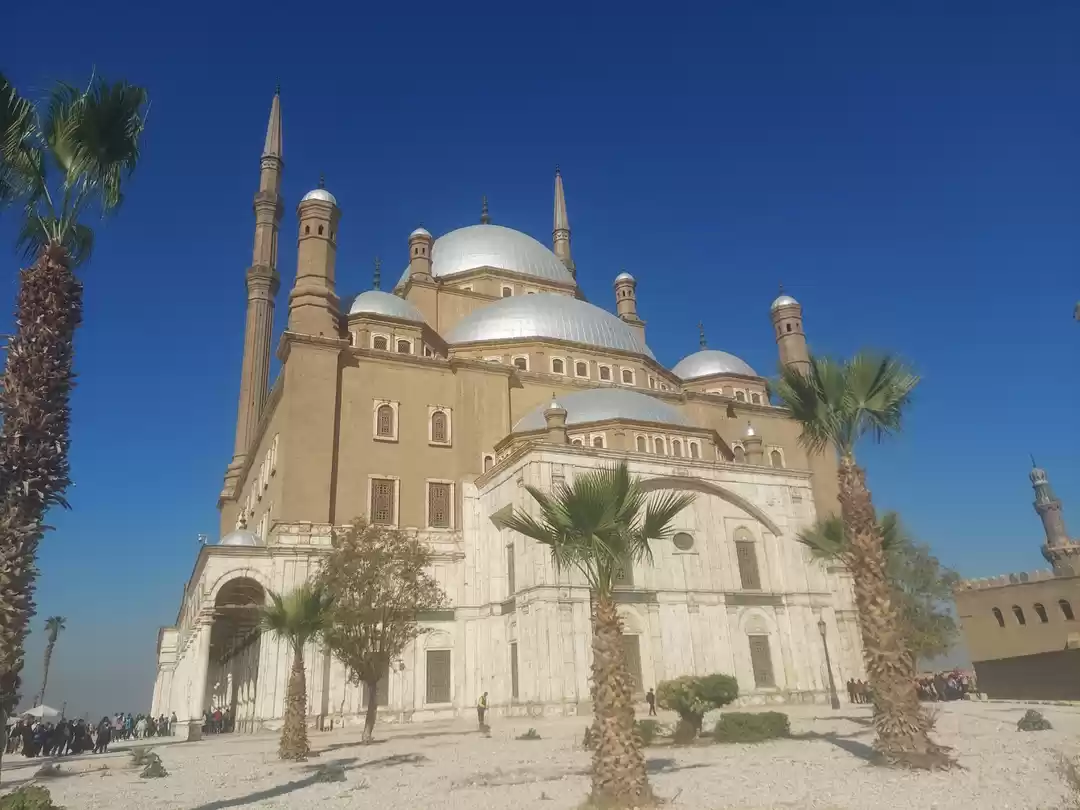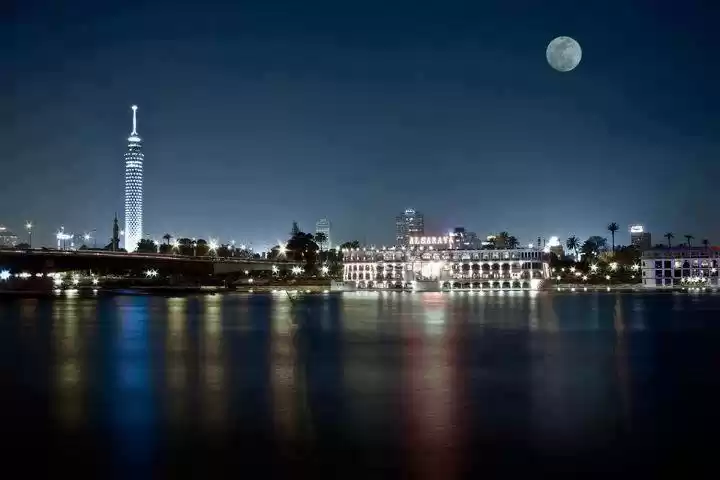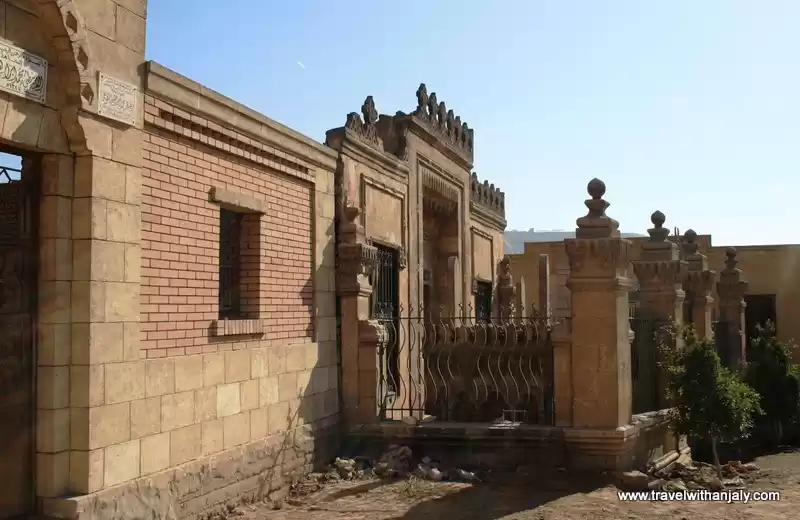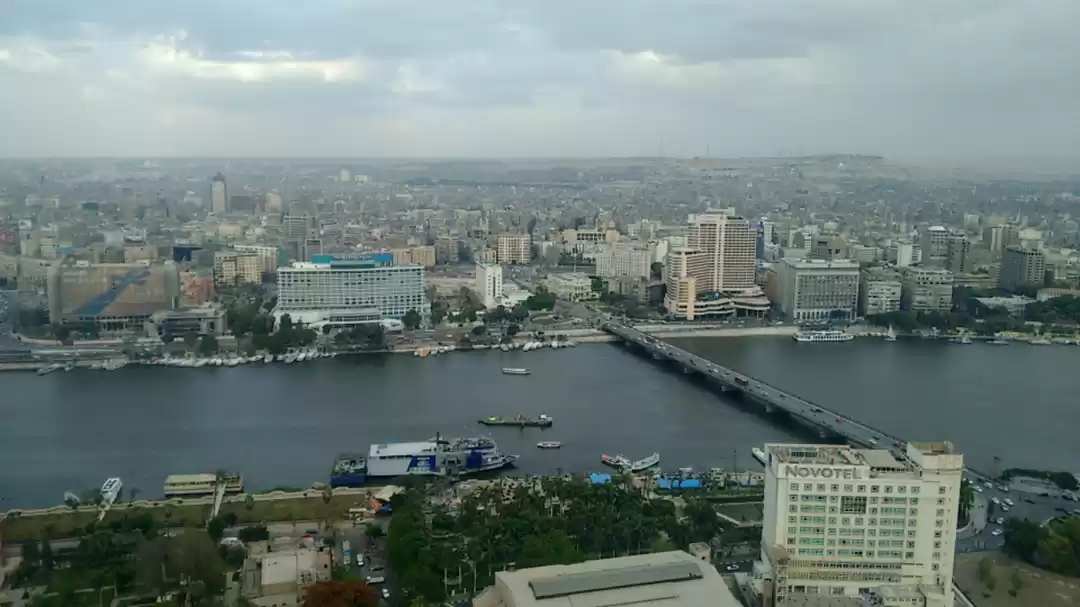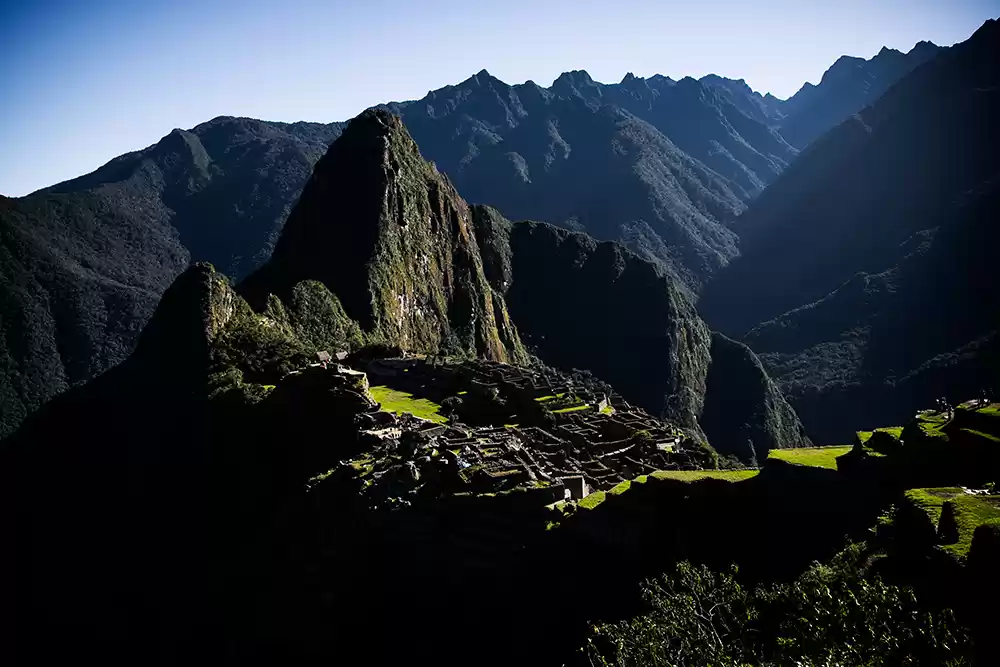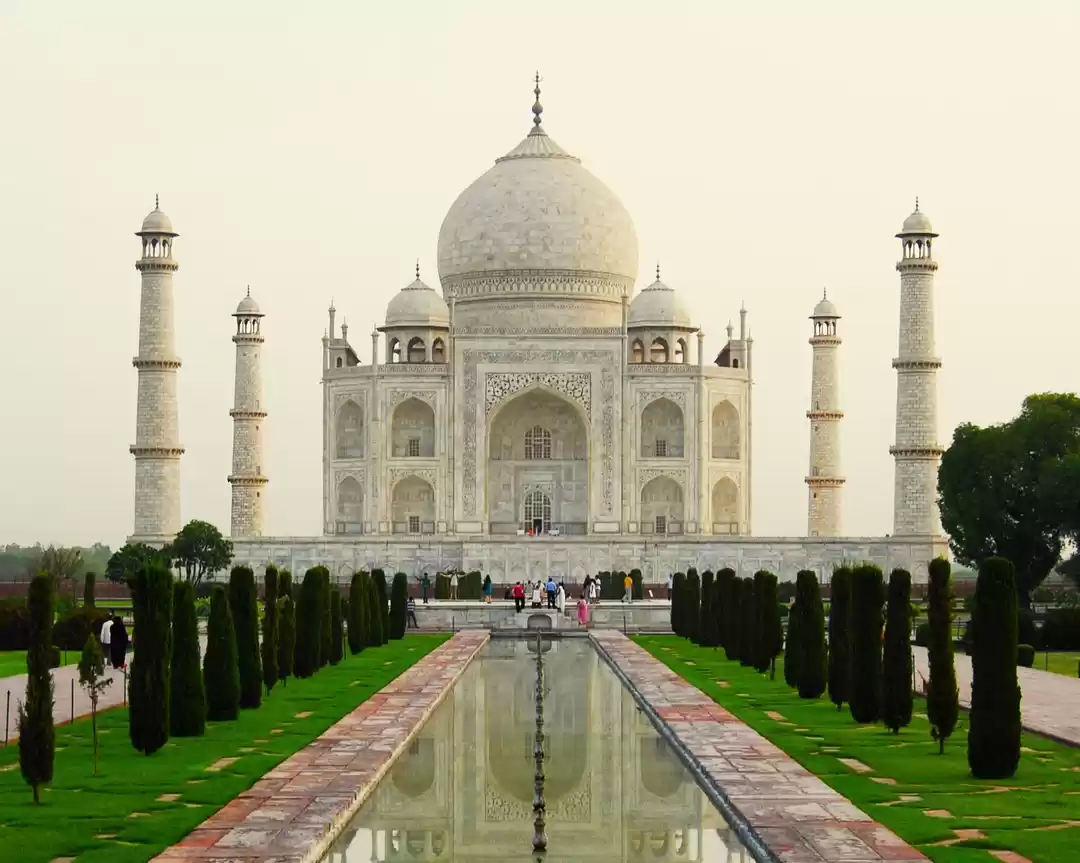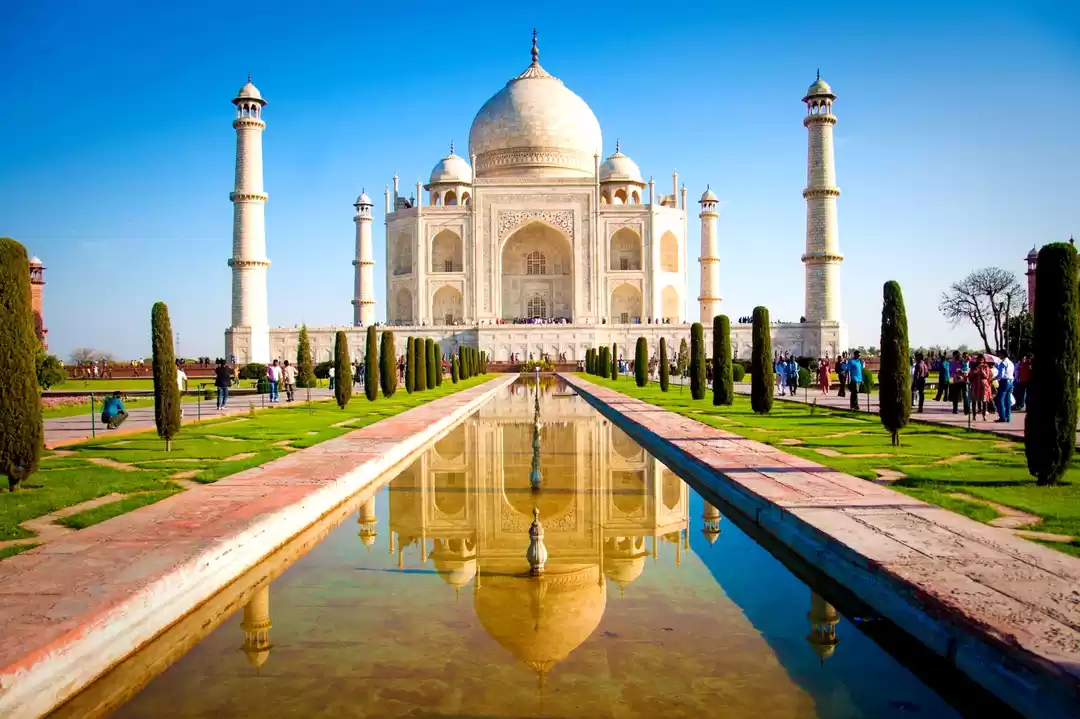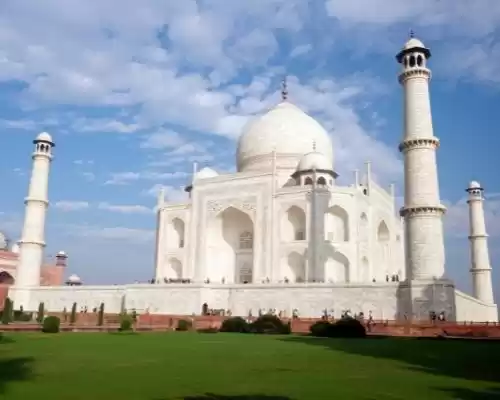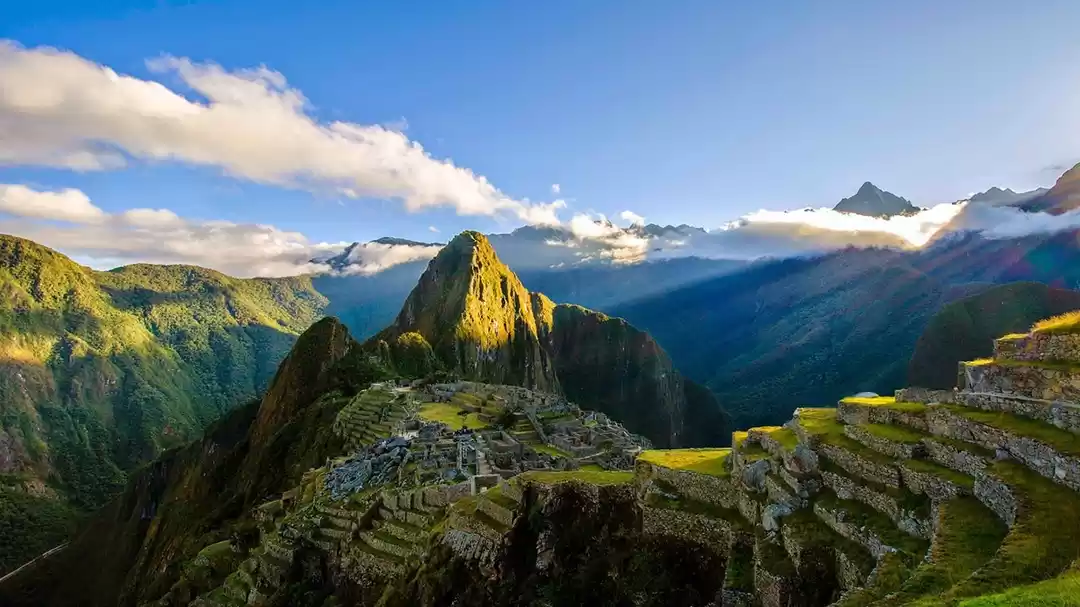
For centuries and millenniums, human history has seen some of the most astounding and stunning monuments that continue to dazzle the folks. These sites have long captured the world’s attention not only because of their brilliance and the humans’ genius, but also because they are a window into the past, that have withstood the test of time. You don’t necessarily have to be a history buff to truly cherish them. If you enjoy travelling to new places and have even a little passion to know about the ancient cultures and heritage, here are some of the most phenomenal historical sites.
Top 10 Historical Places in the world
1: Pyramids of Giza

One of the seven wonders of the ancient world, and also amongst the most iconic,the Pyramids of Giza are a famous tourist attraction site. Just outside Cairo, these make an enchanting site in the barrens of dessert. The pyramids were built around 2560 and 2540 BC, and were constructed as tombs for the Pharaohs. Three larger and three smaller pyramids, together with the legendary Great Sphinx, form the largest pyramid structure near the modern city of Cairo. Even the most cynical tourist can not deny but be fascinated by the pyramids of Giza's great age, massive scale and dynamic mathematics.
2: Machu Picchu

The ruins of Machu Picchu lie in the most spectacular landscapes of just about any historical site in the world, settled in lush, mountainous far just above Urubamba River. These impressive remains have been preserved and are well kept, providing tourists with a clear idea about what the city would have appeared like during the 15th and 16th centuries when this was inhabited. So several folks come to Peru for the primary experience of viewing Machu Picchu, and, depending on how tourists want to reach the place, the journey to the sites can be an expedition in itself
3: Roman Colosseum

The most prominent structure, and one of the most easily recognised, in Rome is undoubtedly the Colosseum. This massive arena, built in the 1st century AD, could accommodate 45,000 spectators and was the world's biggest Roman amphitheater. It witnessed gladiatorial battles, wild beast spectacles and probably the executions of early Christians. In 72 AD, work started on the building and currently it really is one of the world's popular tourist places.
4: Acropolis

The Acropolis serves as a proud shrine to Ancient Greece, presiding over the city of Athens from its atop a hill plinth. The Parthenon is the biggest and most popular framework from this time, dating in between the 5th and 4th centuries BC and defining the site, and exemplifies the established history of this nation. Early individuals instinctively preferred higher land for defensive measures to establish a new city, often a hill with precipitous sides. These early citadels were the nuclei of big cities in many regions of the world, which developed on the underlying lower land, including such present Rome.
5: Taj Mahal

This architecture in Agra, India, constructed in the 1600s, is a monument of everlasting love. Highly recommended for everyone to visit is this white marble tomb constructed for the deceased wife of Mughal Emperor Shah Jahan. It was designated a UNESCO World Heritage Site in 1983, and was then declared one of the New Seven World Wonders. The Taj witnesses around two and four million annual visitors, though in an effort to assist preserve the site, there've been new limitations on tourism. The biggest danger, however, is the air pollution that damages the marble.
6: Alhambra
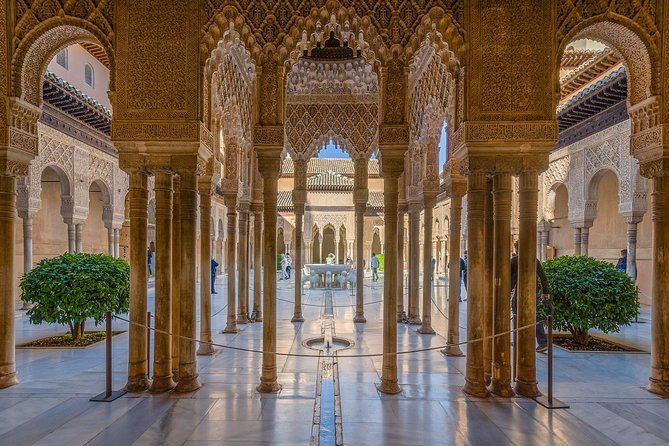
In Granada, Spain, the Alhambra is about much more than historic architecture; it's an extraordinary experience. sOur bodies are overwhelmed with unfamiliar thoughts and feelings from the moment you start ascending the tiny hill that guides us to what people wish the gateway to heaven or our final destination would look like. A lot of us that are fascinated in the Alhambra are likely to, may have seen amazing photos of it, but the splendour of its visual aspect, which seems to strike the deep Grenadine sky along with uniqueness, is stunning when you come closer. The Alhambra has witnessed unforgettable moments, both historical and passionate, each day since its establishment as a fortress in the 9th century.
7: Petra

The gateway to the ancient civilization of Petra, a stone city with dwellings chiselled into sandstone walls, makes a spectacular, narrow rock canyon. This historic Nabataean capital has origins dating back to the early times of 4th or 5th century BC. Petra, often labelled as the “Rose-Red City", is a UNESCO World Heritage site, located about 150 miles south of Amman, the capital of Jordan. It is situated on the slopes of Mt. Hor is a mountain basin that forms the eastern flank of Arabah (Wadi Araba), the great valley that stretches from the Dead Sea to the Gulf of Aqaba.
8: Great Wall of China

The Great Wall, which stretches for over 13,000 miles across the northern part of China, took over 2,500 years to develop. The Zhou dynasty-era state of Chu started work on the wall to defend against foreign enemies mostly during the 8th century B.C.E. Since then, the fortress, built of stone and brick, is the most visible emblem of China. Several emperors made improvements to the great wall. The Ming Dynasty, however, unified various parts of the building and added many more segments. The existing system around Beijing, containing barracks, watchtowers and fortifications, was established by the Great Ming Empire between 1368 and 1644. This heritage landmark continues to be one of Asia's most popular tourist destinations, with tourists visiting it from all over the globe.
9: Angkor Wat

Angkor Wat is renowned for being the world's biggest religious shrine in a rare jungle location not too far from the city of Siem Reap, and it's more than sheer massive scale makes the Angkor structure so fascinating. In the 12th century, the complex was designed by the Khmers, and the construction is nothing less than beautiful. For certain buildings taking on a surreal look as the trees and roots swallow them up. In all directions, massive stone crafted faces look out. The walls and entryways line the comprehensive and complex bas-reliefs. For discovery, decaying alleyways and steep stone staircase call out. Angkor Wat was really the greatest town in the world prior to its decline in the 15th century.
10: Stonehenge
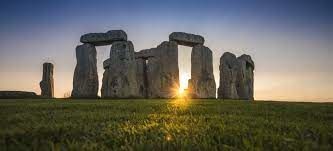
This impressive prehistoric structure is among the most popular sites in the United Kingdom and definitely one of the most unique sites, attracting an enormous influx of visitors every year. It is suspected that the monument was constructed between 3000-1500 BC, however there is no evidence of its origin or intent, leading to all sorts of theories and myths. When the sunlight from the dawn and dusk is synchronized with the stones around the summer and winter solstices, the site holds a stunning fascination for viewers.
Conclusion
There are several beautiful historic places around the globe and these are the best, so even if you don't venture to them, there's plenty more worthwhile sites to visit out there. Just look up where you go for those! The more you understand the history, the further you can understand why so many people in the present react the way they do.




